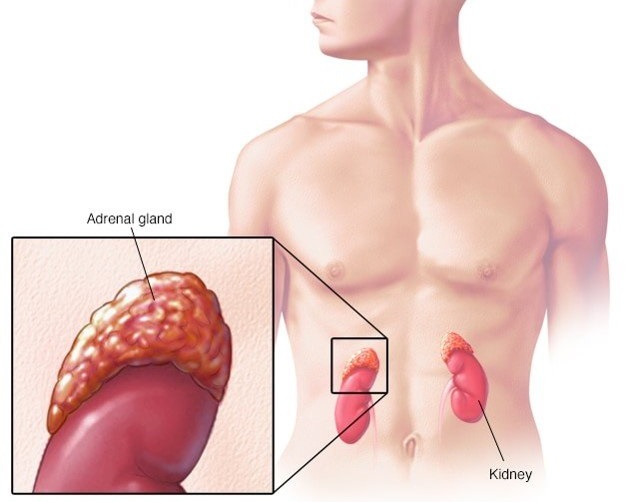Key Symptoms to Recognize
CAH can manifest in several ways, including:
-
Severe salt loss and dehydration in newborns
-
Differences in genital development in infants
-
Early growth spurts followed by short adult height
-
Hormonal fluctuations that affect energy and mood
Awareness of these signs helps families and doctors act quickly.
The Role of Newborn Screening
Most babies in developed countries are tested for CAH at birth. This simple blood test can save lives by enabling immediate hormone replacement therapy. Early treatment reduces complications and improves long-term outcomes.
Management Strategies
Treatment typically involves:
-
Glucocorticoid therapy to replace cortisol
-
Mineralocorticoid therapy for salt balance
-
Regular check-ups and lab tests to fine-tune dosages
-
Emergency planning for illness or stress situations
Life with CAH: More Than Medicine
While medication stabilizes hormone levels, emotional health and family support are equally important. Many families find comfort in connecting with CAH support organizations and sharing experiences with others who understand.
Building a Brighter Future
Thanks to medical advances, children and adults with CAH can live active, fulfilling lives. With early diagnosis, personalized care, and strong support systems, CAH becomes a condition to manage—not a limitation.

